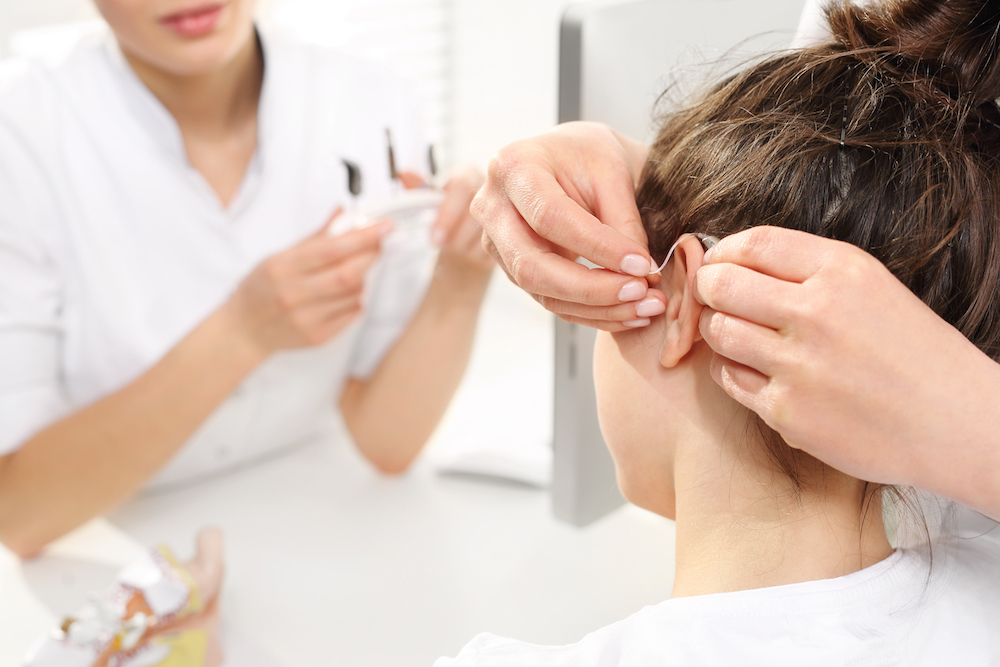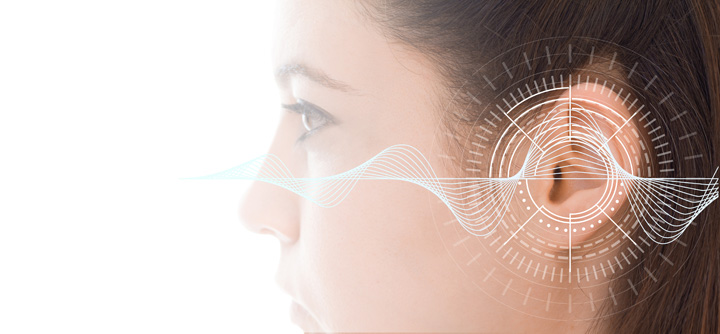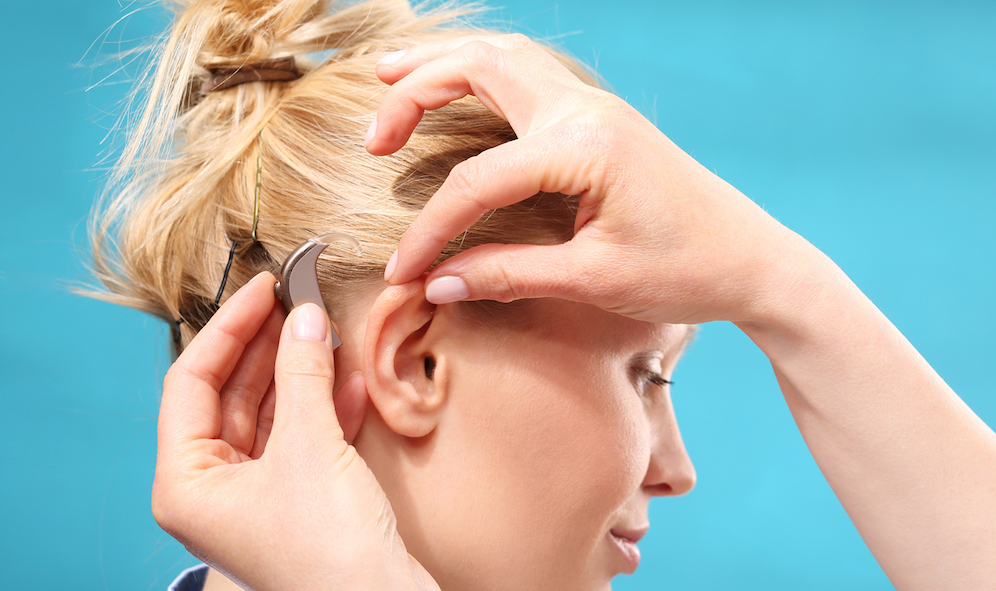When Should You See a Hearing Health Professional?
When you need advice and support with your hearing, your hearing health


When you need advice and support with your hearing, your hearing health

As a hearing aid user, we know that battery life and hearing aid battery

People with hearing loss are regularly encouraged to attend hearing aid